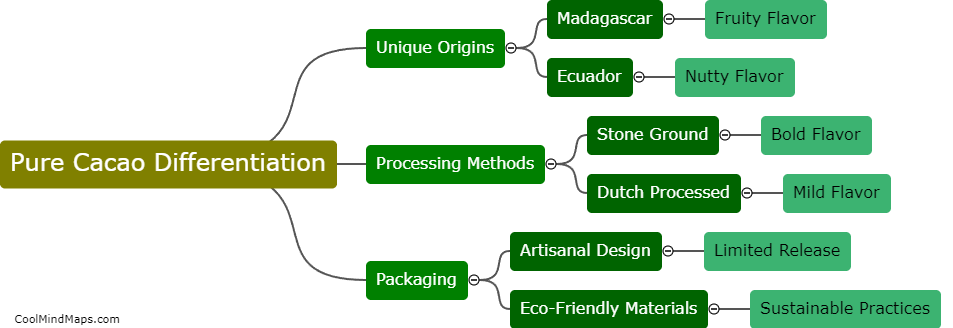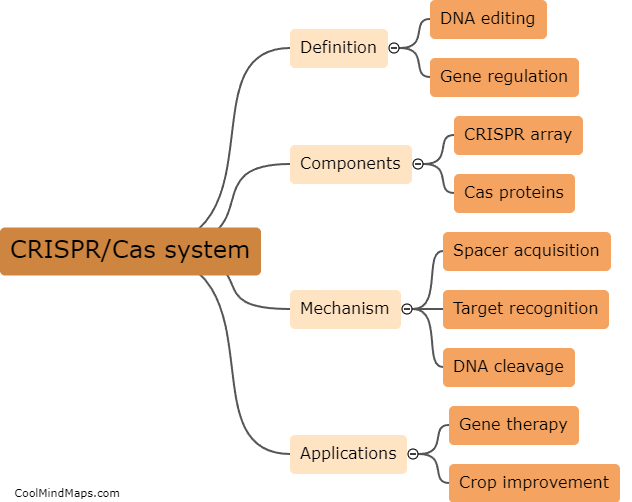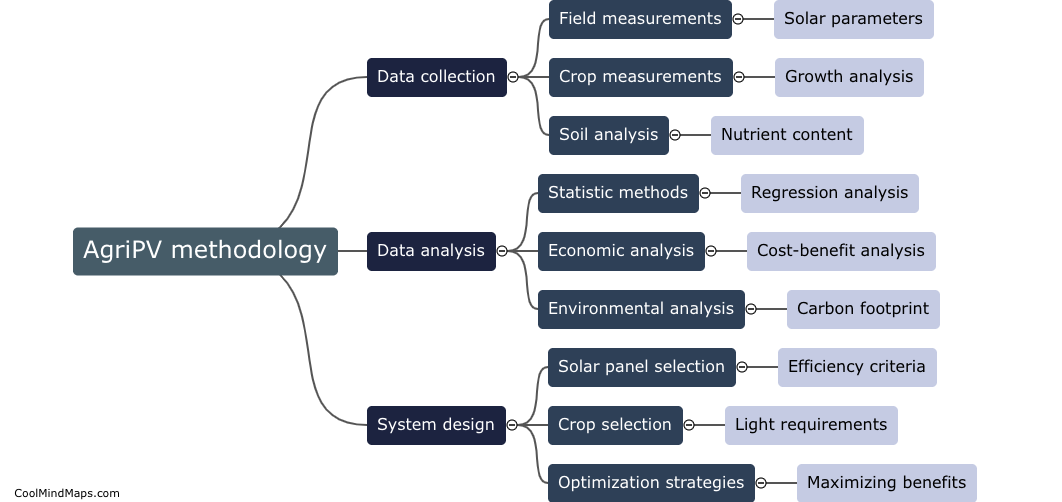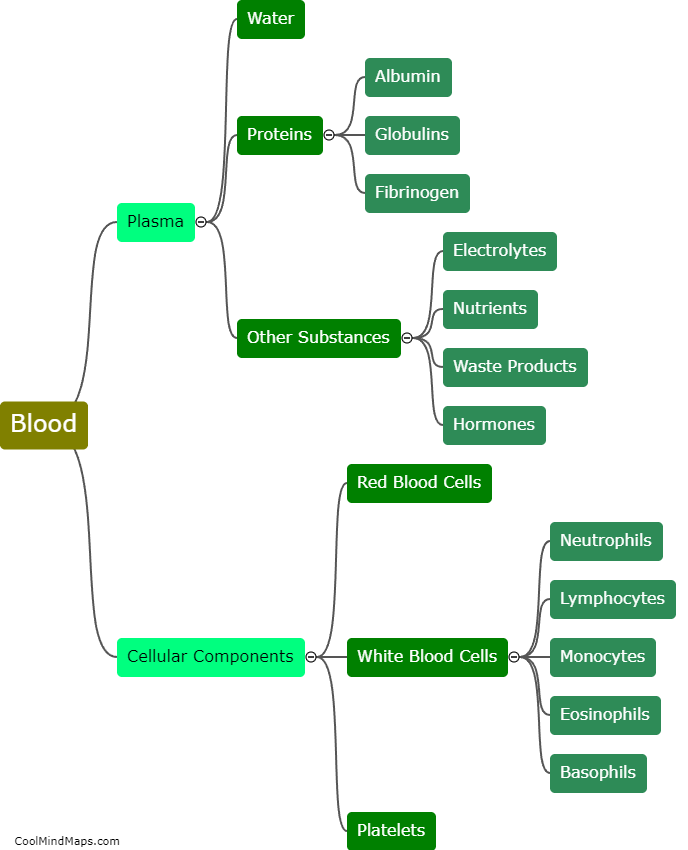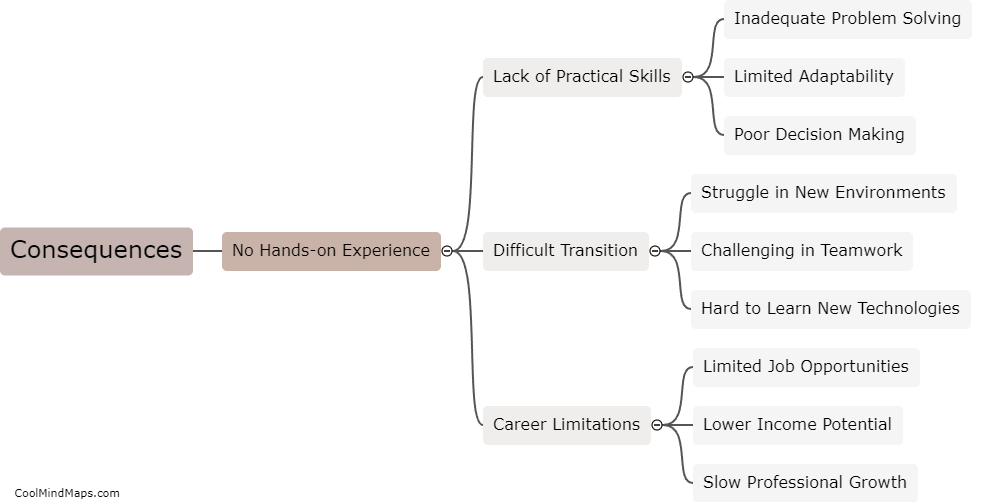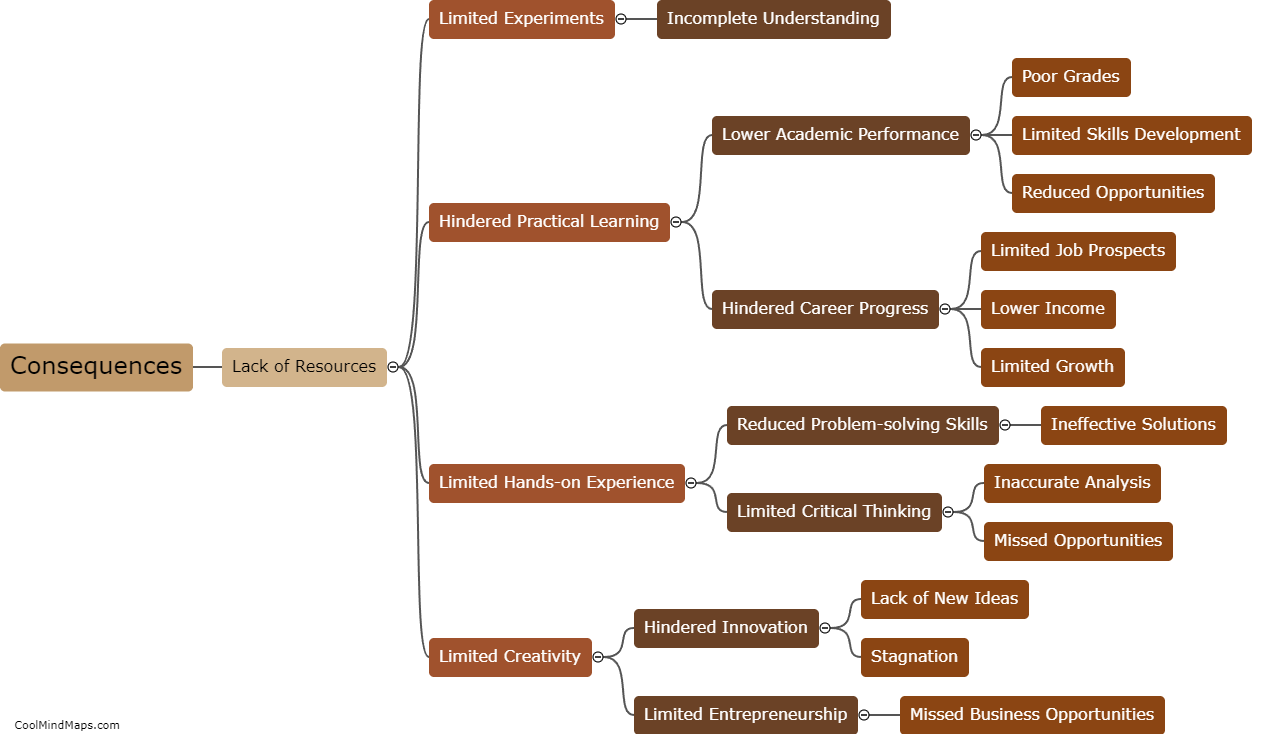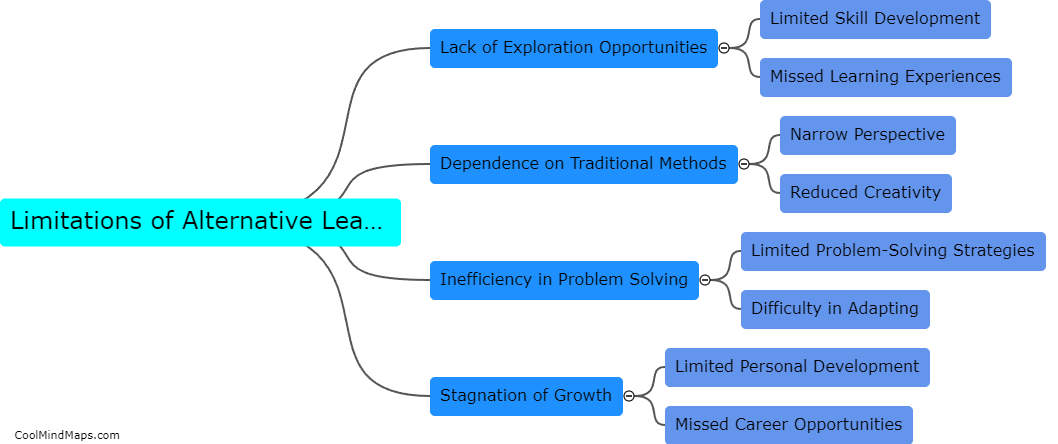How does the lack of access to tools/equipment impact practical learning?
The lack of access to tools and equipment significantly hampers practical learning. Tools and equipment are essential components for hands-on learning experiences, especially in subjects such as science, technology, engineering, and mathematics (STEM). Without access to these resources, students are unable to engage in activities that promote problem-solving, critical thinking, and experimentation skills. Practical learning allows students to apply theoretical knowledge in a real-world context, fostering a deeper understanding of concepts. The absence of tools and equipment restricts students' ability to gain practical skills and limits their overall learning experience. It is crucial for educational institutions and policymakers to prioritize providing access to the necessary tools and equipment to ensure students receive a well-rounded practical education.
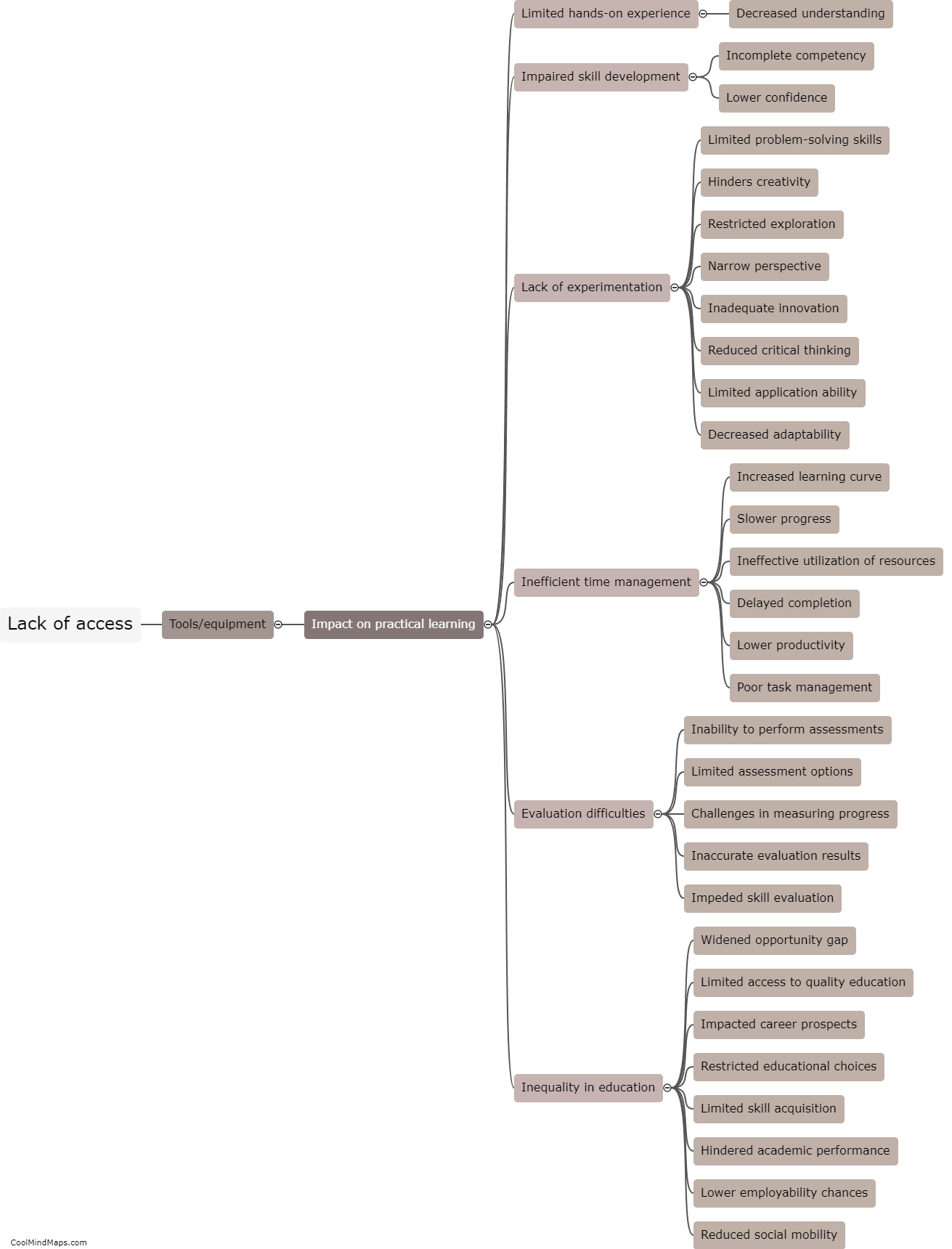
This mind map was published on 19 November 2023 and has been viewed 87 times.
